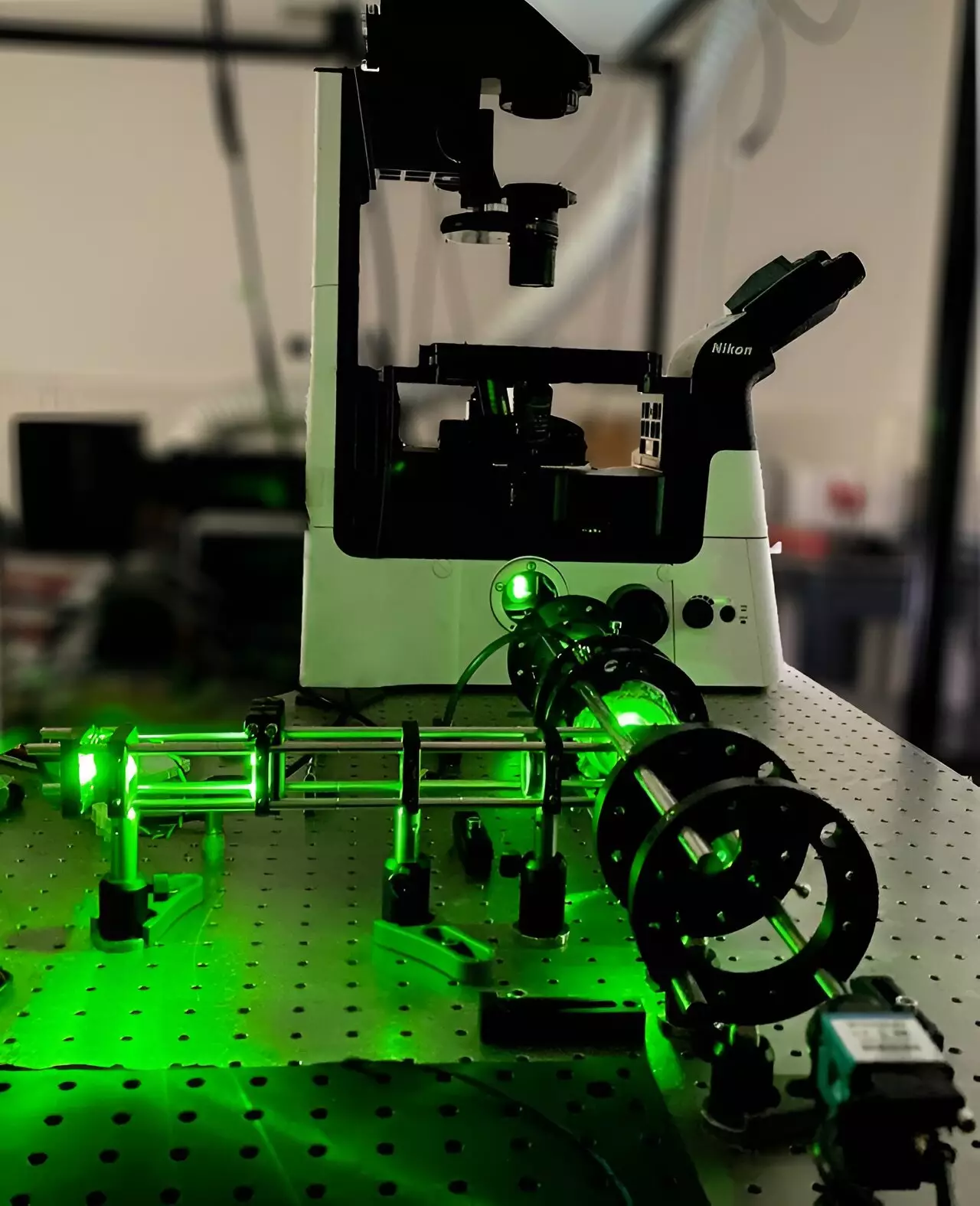Revolutionizing the field of optical profilometry, a team of experts from the University of Barcelona and Sensofar Tech have introduced an innovative technology for obtaining three-dimensional images with unprecedented speed, accuracy, and non-invasiveness. This groundbreaking development, recently published in Nature Communications, promises to redefine the way objects are identified and recognized in three dimensions, setting new standards for quality control and part inspection across various industries.
The newly designed system excels in characterizing the three-dimensional topography of objects by outperforming current technological systems in terms of speed and spatial resolution. Unlike traditional methods that involve slow and meticulous scanning of objects plane by plane, this advanced technology drastically reduces acquisition time by interrogating multiple planes simultaneously. By intelligently optimizing the scanning process, the team has managed to minimize the number of required images, leading to a significant enhancement in efficiency and precision.
Technological Advancements
To implement this cutting-edge technology, the team leveraged rapid scanning techniques and synchronized pulsed light of varying durations. They utilized an ultrafast liquid lens developed by Professor Martí Duocastella at Princeton University for high-speed scanning capabilities, enabling thousands of scans per second. Additionally, an in-situ programmable gate array (FPGA) was employed for precise signal generation and image capture, ensuring seamless synchronization throughout the imaging process.
Overcoming Challenges
Overcoming the obstacles of high data acquisition rates, the team faced challenges in handling weaker signals and demanding signal precision. Through the dedicated efforts of Ph.D. student Narcís Vilar, these challenges were successfully addressed, paving the way for the effective implementation of the new technology. This achievement highlights the resilience and expertise of the research team in pushing the boundaries of optical profilometry.
The study, part of an industrial doctorate program and supported by the European Research Council (ERC), underscores the collaborative efforts of academia and industry in driving innovation. Directed by Professor Martí Duocastella and managed by the Bosch i Gimpera Foundation (FBG), the project focuses on designing a unique type of optical profilometer based on light pattern projection. The team is actively exploring the integration of this technology into various profilometers, including interference, polarization, and confocal microscopes, with the aim of further enhancing 3D sample characterization.
The introduction of this revolutionary 3D imaging technology marks a significant milestone in the field of optical profilometry, offering unparalleled advancements in efficiency, precision, and speed. By redefining the conventional approach to three-dimensional imaging, the team from the University of Barcelona and Sensofar Tech has opened up new avenues for enhancing quality control, part inspection, and scientific research across diverse industries. As further research and development continue, the impact of this innovative technology is poised to revolutionize the way we perceive and analyze objects in three dimensions.


Leave a Reply